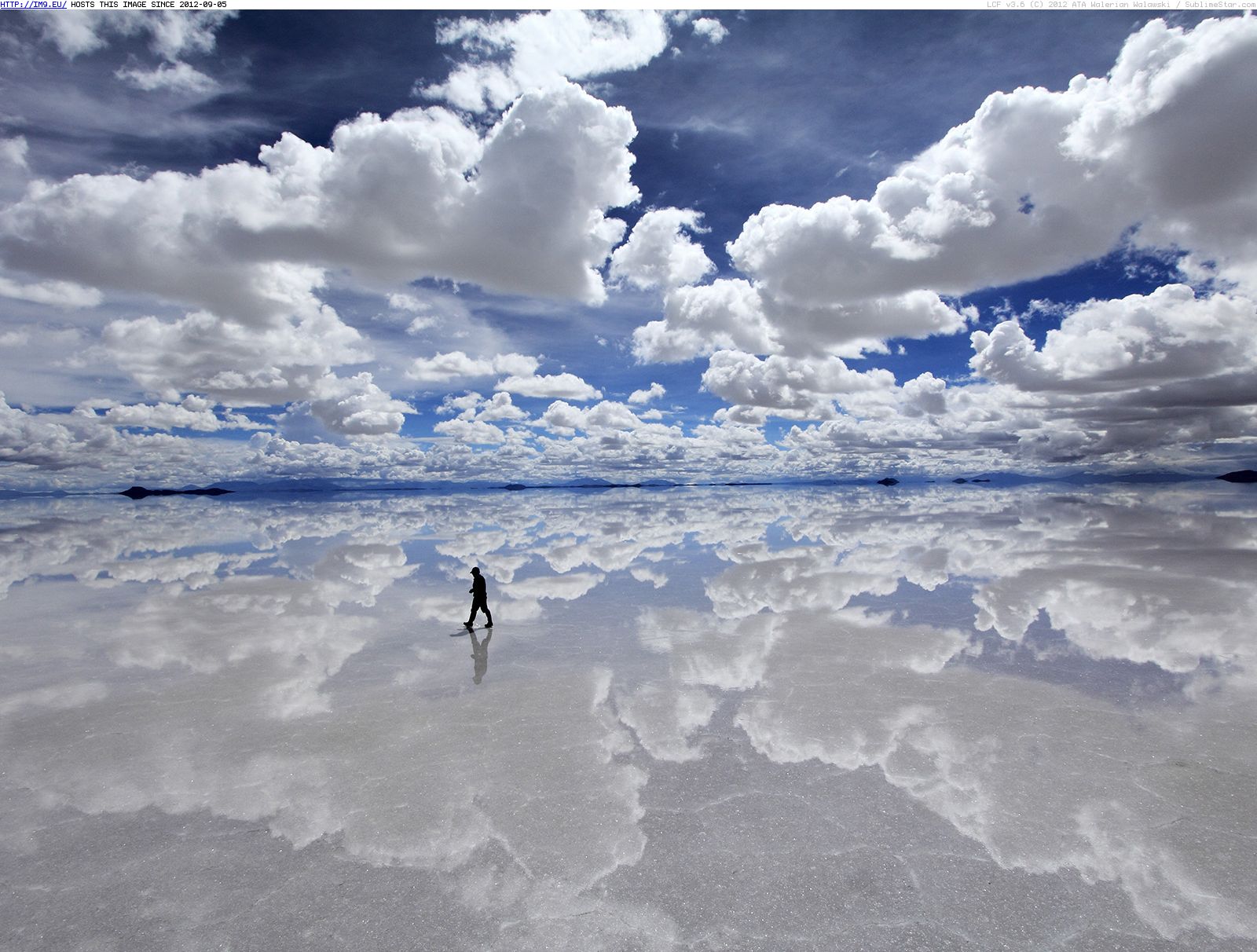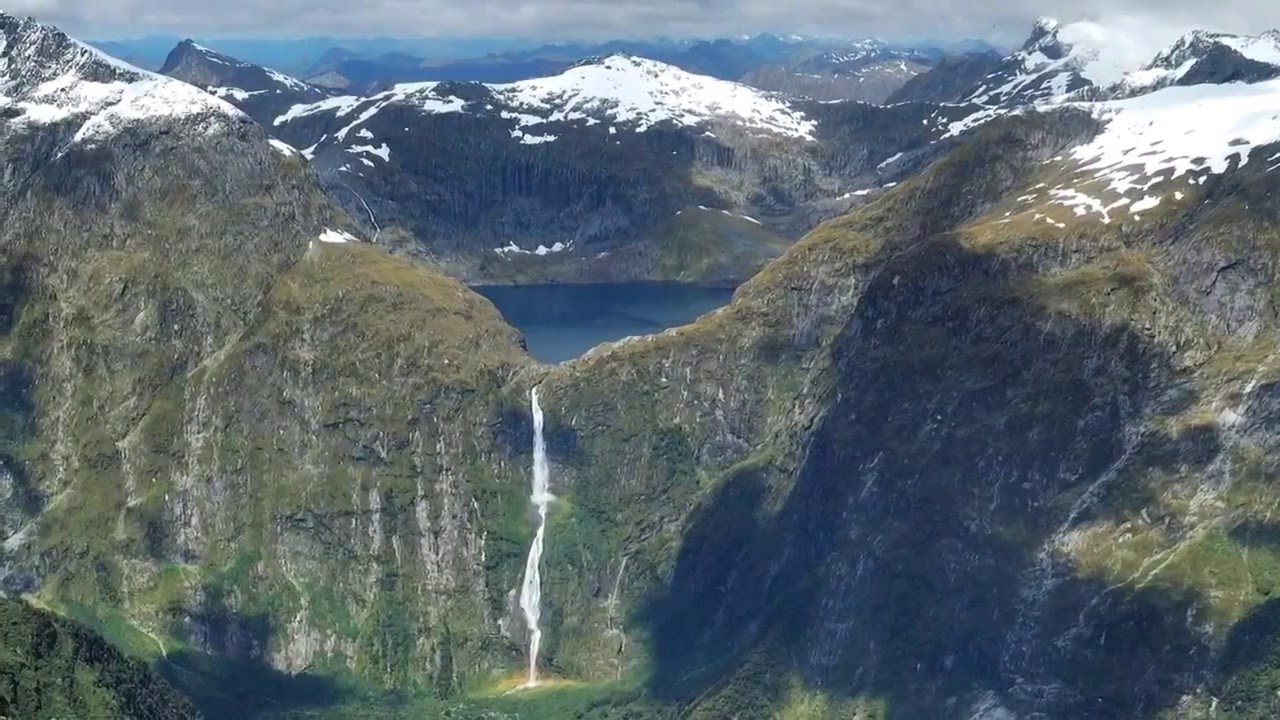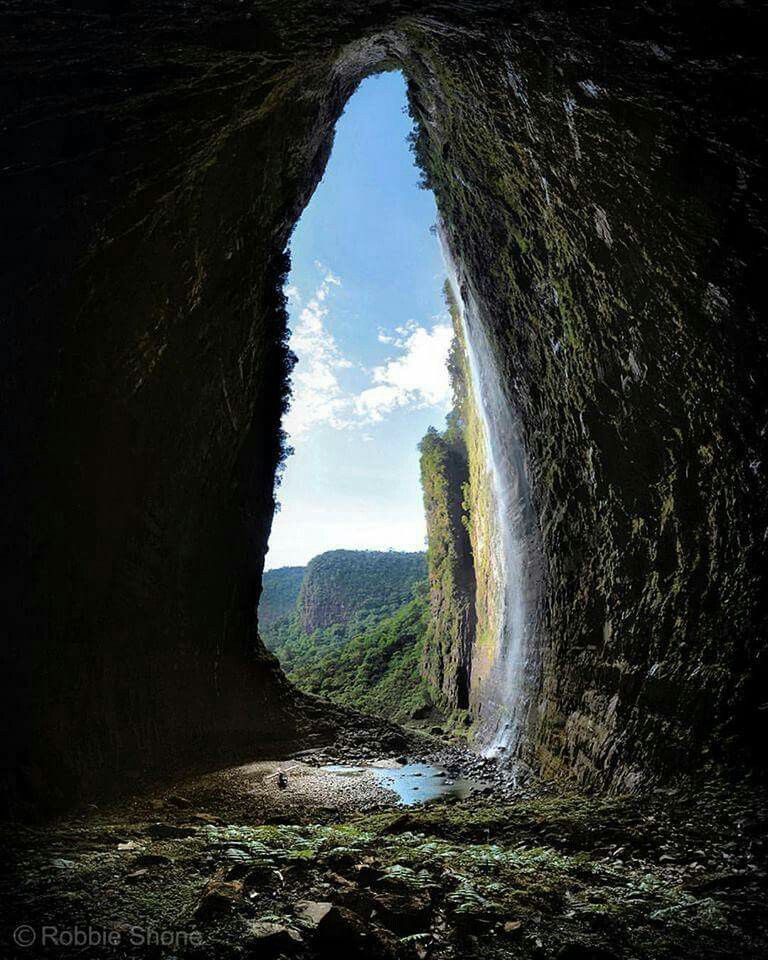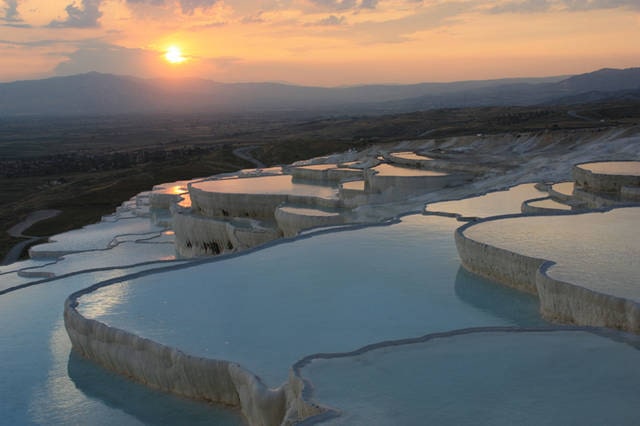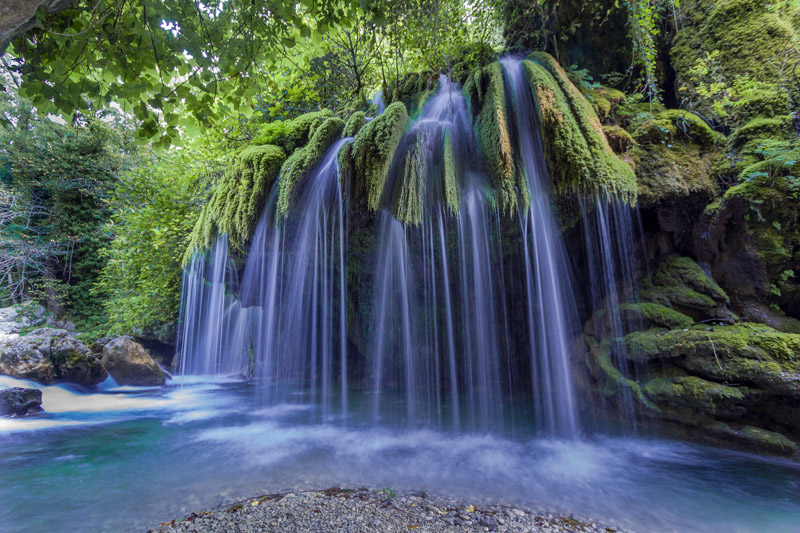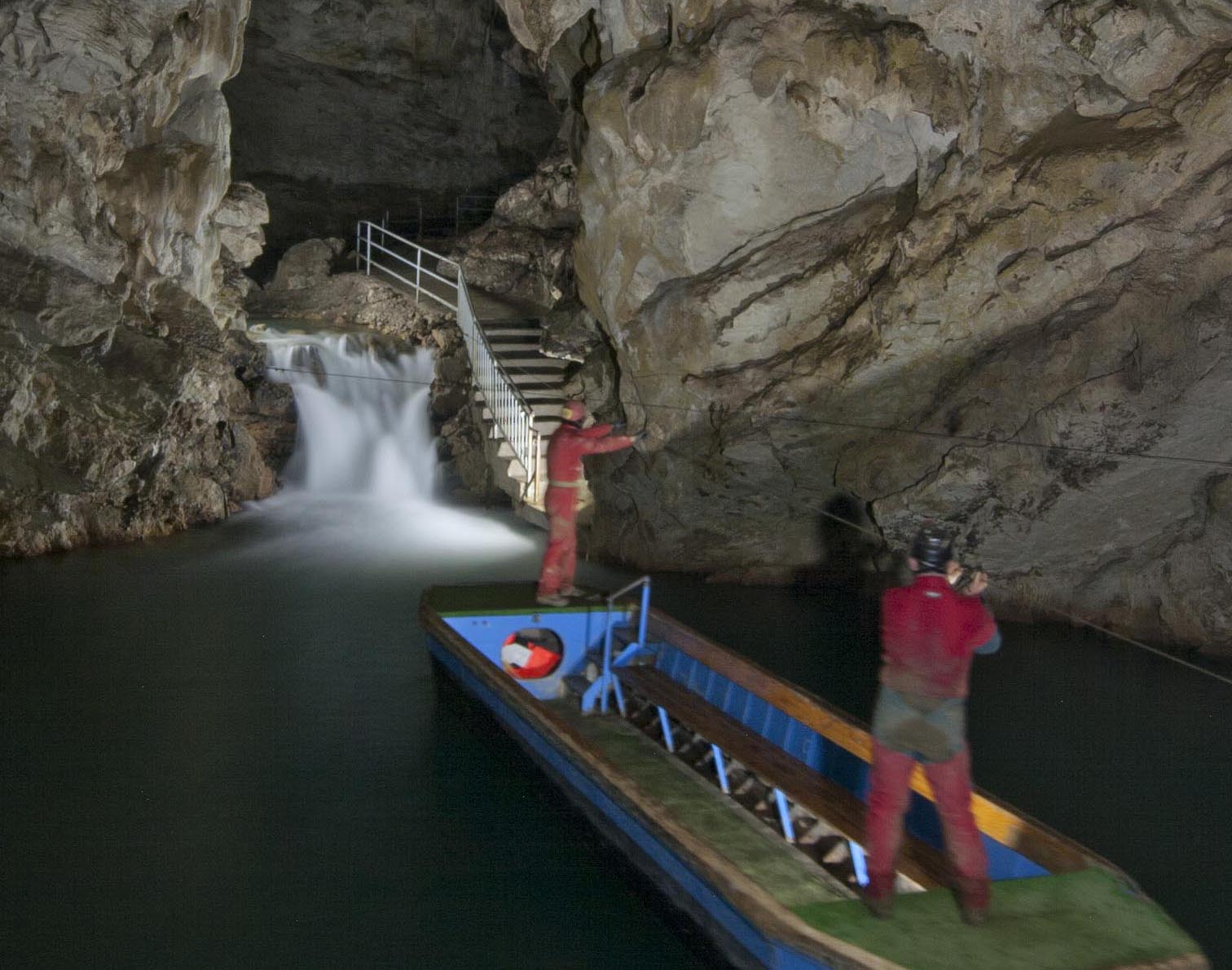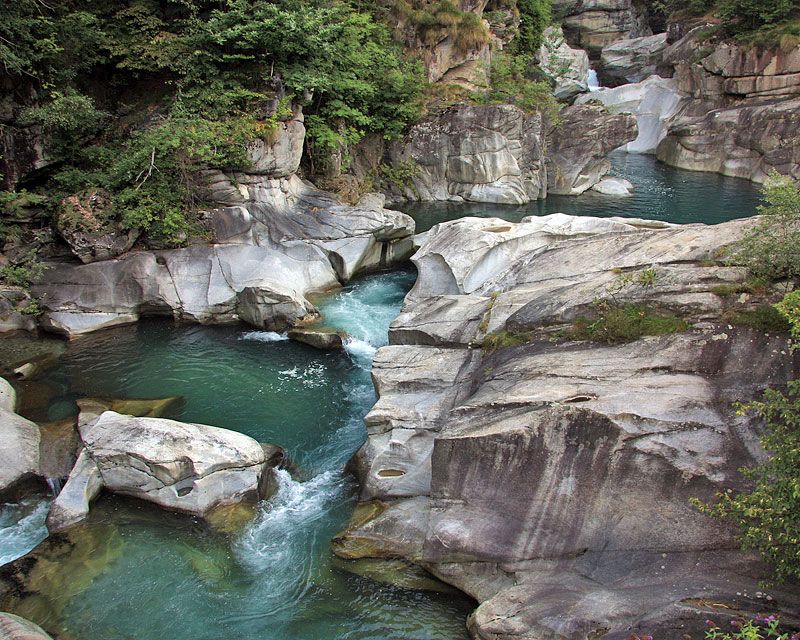Salar de Uyuni, located in the high plains of southwest Bolivia, is the world’s largest salt flat, covering an expansive area of approximately 12,000 square kilometers (4,633 square miles).
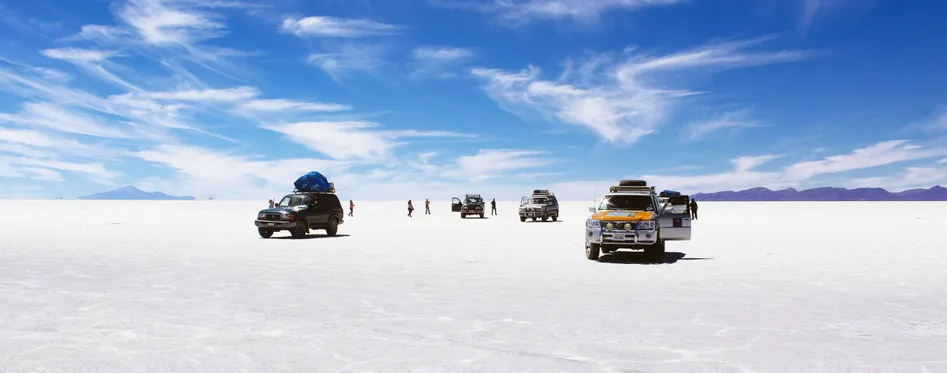
Situated at an elevation of 3,653 meters (11,985 feet) above sea level, it is one of the most extraordinary landscapes on Earth, formed from a prehistoric salt lake, Lago Minchín, which dried up leaving behind a vast crust of bright-white salt, rock formations, and cacti-studded islands.
Geological and Historical Significance
The origins of Salar de Uyuni can be traced back to transformations between several vast lakes during the last 30,000 to 42,000 years. The salt crust, which is several meters thick in places, covers a pool of brine that is exceptionally rich in lithium, accounting for about 50-70% of the world’s reserves of the mineral.
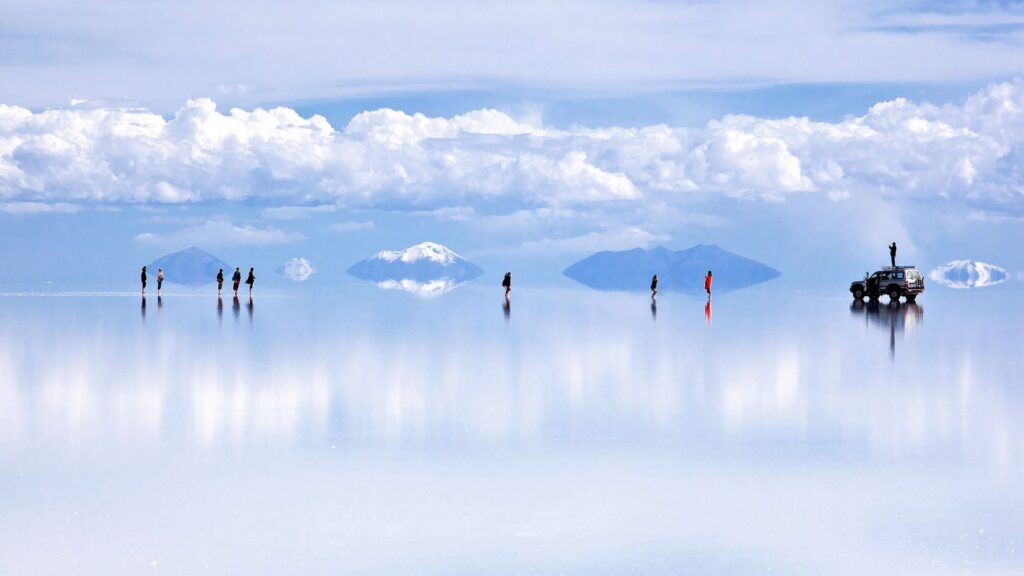
This makes Salar de Uyuni not only a natural wonder but also a reserve of great economic significance, especially in the era of increasing demand for lithium for batteries.
Visual and Touristic Appeal
The landscape of Salar de Uyuni offers surreal beauty that changes with the seasons. In the dry season, the salt flats are a stark expanse of white that extends to the horizon, forming hexagonal patterns of salt crystals that create an otherworldly terrain ideal for photography. During the rainy season, the flats transform into an enormous mirror that perfectly reflects the sky above, creating a dreamlike illusion where the sky and the ground merge.
Activities and Experiences
Visitors to Salar de Uyuni can explore the area through various tours that typically start from Uyuni town. These tours can include visits to the salt hotel (completely built with salt blocks), Incahuasi Island (also known as Fish Island), which is populated with giant cacti and offers panoramic views of the salt flat, and the nearby colorful lagoons, such as Laguna Colorada and Laguna Verde, that are home to flamingos and other wildlife.
Other popular activities include witnessing the sunrise over the flats, which is a truly magical experience, and visiting the train cemetery, where old steam locomotives from the 19th century are left to rust, providing a stark contrast to the natural environment.
Environmental and Cultural Impact
As Salar de Uyuni attracts more visitors each year, sustainable tourism practices are critical to preserving its unique environment. Efforts are in place to manage the impact of tourism and lithium mining on this fragile ecosystem.
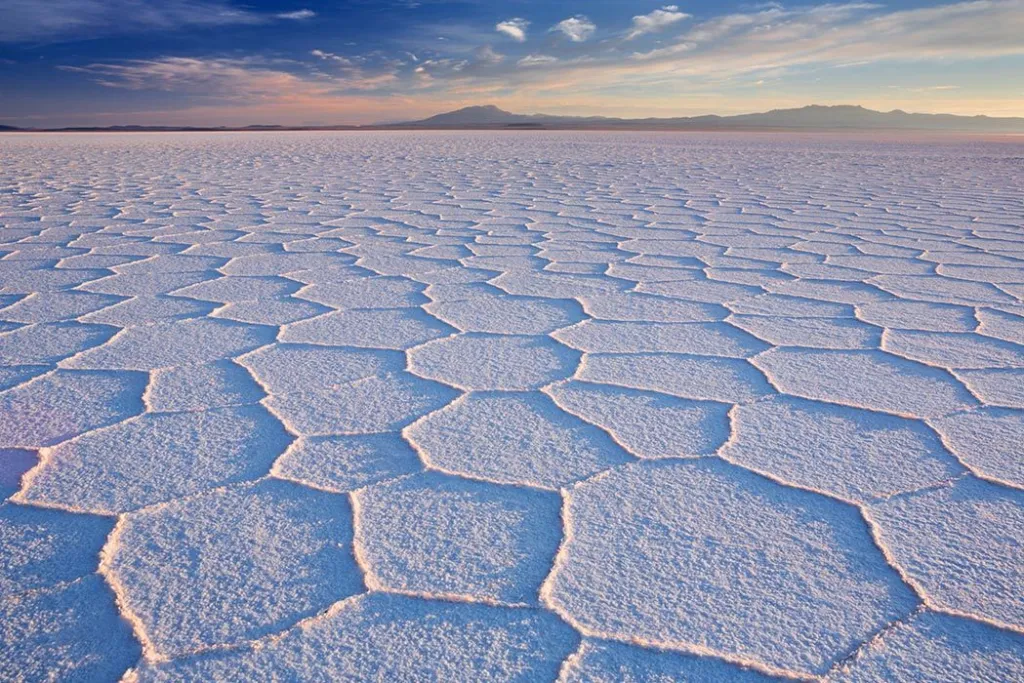
Planning Your Visit
For those planning to visit Salar de Uyuni, it is advisable to go with a reputable tour operator who understands the environmental and cultural significance of the area. Due to the altitude and the barren nature of the landscape, visitors should prepare for strong sun, cold winds, and basic accommodations in some areas.
For a comprehensive guide on what to expect, how to prepare, and other destinations to explore in Bolivia, resources like Secret World offer valuable travel tips and detailed information. Additionally, for those interested in the broader geographical and cultural contexts of South America’s natural wonders, this comprehensive guide can enhance your understanding and enjoyment of your travels.

